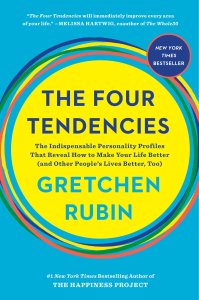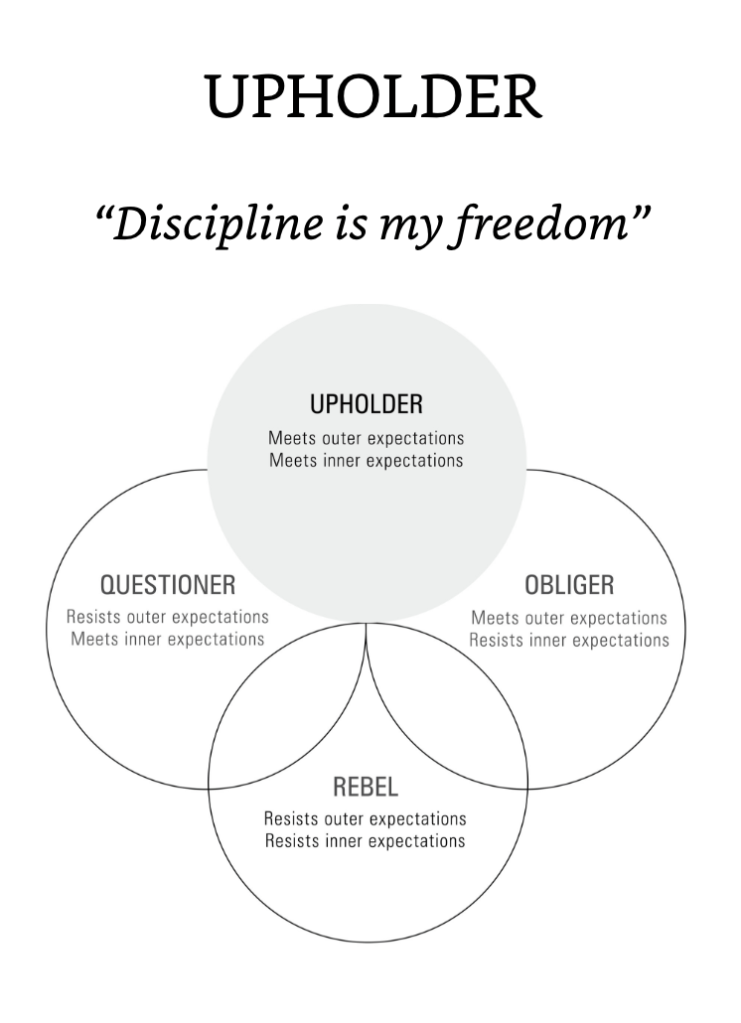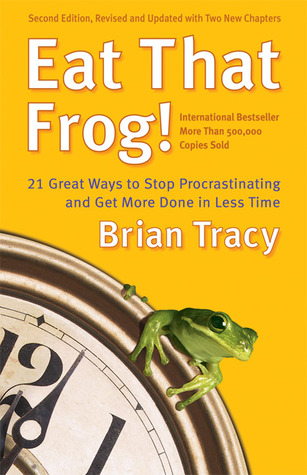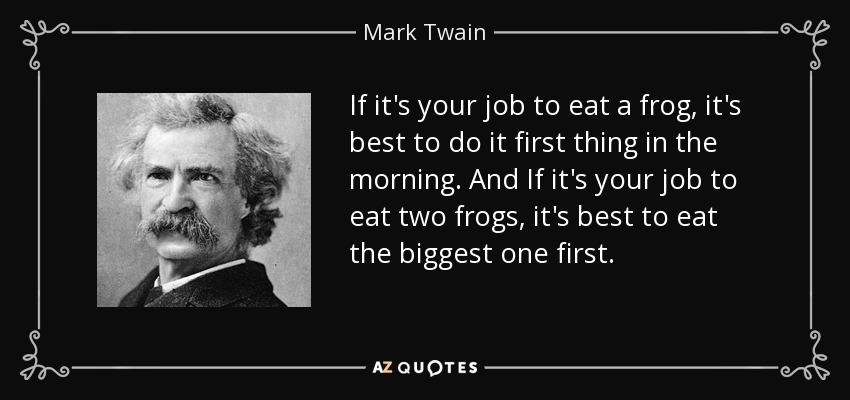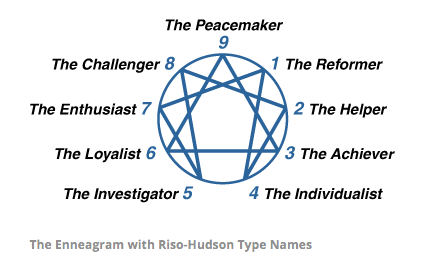Seriously! Read alouds are magic! We do them in the car (hello, audiobook CDs from the CM Library!), at the morning breakfast table (hello, Hoopla digital audiobook downloads from the CM Library), we do them in the living room while I cook dinner or at bedtime with chapter books that are too complex for my kiddos to read on their own yet.
Here is a working list of our audiobooks (CDs or digital downloads):
- The Boxcar Children
- The Box Car Children: Benny Uncovers a Mystery
- The Box Car Children: The Haunted Cabin
- The Box Car Children: The Deserted Library
- The Box Car Children: Mystery in the Sand
- The Box Car Children: The Woodshed Mystery
- The Box Car Children: The Lighthouse Mystery
- The Box Car Children: The Mountain Top Mystery
- The Box Car Children: Mystery Behind the Wall
- The Box Car Children: Bus Station Mystery
- The Box Car Children: Snowbound Mystery
- The Box Car Children: Tree House Mystery
- The Box Car Children: Bicycle Mystery
- The Box Car Children: Schoolhouse Mystery
- The Box Car Children: Caboose Mystery
- The Box Car Children: Houseboat Mystery
- The Box Car Children: Mystery Ranch
- The Box Car Children: Mike’s Mystery
- The Box Car Children: Blue Bay Mystery
- The Box Car Children: Surprise Island
- The Box Car Children: Yellow House Mystery
- The Box Car Children: The Animal Shelter Mystery
- The Box Car Children: The Old Motel Mystery
- The Box Car Children: The Mystery of the Hidden Painting
- The Box Car Children: The Amusement Park Mystery
- The Box Car Children: The Mystery of the Mixed-Up Zoo
- The Box Car Children: The Camp-Out Mystery
- The Box Car Children: The Mystery Girl
- The Box Car Children: The Mystery Cruise
- The Box Car Children: The Disappearing Friend Mystery
- The Box Car Children: Mystery of the Vanishing Forest
- The Box Car Children: The Doughnut Whodunit
- The Box Car Children: The Mystery of the Hidden Elves
- The Box Car Children: The Mystery of the Spotted Leopard
- The Box Car Children: The Great Reef Rebuild
- The Box Car Children: The Robot Ransom
- The Box Car Children: The Detour of the Elephants
- The Box Car Children: The Myth of the Rain Forest Monster
- The Box Car Children: The Secret of Bigfoot Valley
- The Box Car Children: The Khipu and the Final Key
- The Box Car Children: The Big Spill Rescue
- The Box Car Children: The Shackleton Sabotage
- The Adventure of Captain Underpants
- Because of Winn Dixie
- Stuart Little
- Ribsy
- The Tale of Despereaux
- Farmer Boy
- Little Town On the Prairie
- Alice in Wonderland
- Fudge-a-mania
- Superfudge
- Tales of a 4th Grade Nothing
- Freckle Juice
- Henry Huggins
- The Magic Treehouse: Shadow of the Shark
- The Magic Treehouse: Dogs in the Dead of Night
- The Magic Treehouse Collection Books 17-24
- The Magic Treehouse Collection Books 9-16
- The Magic Treehouse Collection Books 1-8
- The Magic Treehouse: Christmas in Camelot
- A-Z Mysteries Books W-Z
- Wayside School Beneath the Cloud of Doom
- Sideways Stories from Wayside School
- Wayside School Is Falling Down
- Wayside School Gets A Little Stranger
- Crime Biters: It’s A Doggy Dog World
- Ramona Quimby, Age 8
- Harriet, The Spy
- Hello, Mrs. Piggle Wiggle
- Mrs. Piggle Wiggle
- Mrs. Piggle Wiggle’s Farm
- Happy Birthday, Mrs. Piggle Wiggle
- The Phantom Tollbooth
- Frog And Toad Are Friends
- Mouse Soup
- The Mystery of Meerkat Hill
- The Great Cake Mystery
- Calendar Mysteries 1-6
- Merlin Missions Collection Books 1-8
- The Magic Treehouse: Stallion by Starlight
- The Magic Treehouse: A Big Day for Baseball
- The Magic Treehouse: Late Lunch With Llamas
- A- Z Mysteries Books A-C
- Night of the Ninth Dragon
- The Magic Treehouse: Dinosaurs Before Dark
- Nate The Great Collected Stories
- The Magic Treehouse Books 25-28
- The Diary Collection
- The Magic Treehouse: Sunset of the Sabertooth
- The Magic Treehouse: Danger in the Darkest Hour
- The Magic Treehouse: Abe Lincoln At Last
- The Magic Treehouse: High Times for Heroes
- Geronimo Stilton: The Mona Mousa Code
- Geronimo Stilton: The Lost Treasure of Emerald Eye
- Geronimo Stilton: The Curse of The Cheese Pyramid
- Geronimo Stilton: Cat and Mouse in the Haunted House
- Geronimo Stilton: The Way of the Samurai
- Geronimo Stilton: It’s Halloween, You Fraidy Mouse
- Geronimo Stilton: Merry Christmas, Geronimo
- Geronimo Stilton: Watch Your Whiskers, Stilton!
- Geronimo Stilton: Shipwreck On The Pirate Islands
- The Magic Treehouse: To the Future, Ben Franklin!
- The Magic Treehouse: Hurry Up, Houdini!
- The Magic Treehouse: A Crazy Day With Cobras
- Geronimo Stilton: The Phantom of the Subway
- Geronimo Stilton: The Temple of the Ruby Fire
- Geronimo Stilton: Red Pizzas for the Blue Count
- Geronimo Stilton: Attack of the Bandit Cats
- Geronimo Stilton: A Fabumous Vacation for Geronimo
- Merlin Missions Collections Books 9-16
- The Magic Treehouse: Hurricane Heroes in Texas
- The Magic Treehouse: Narwhal On A Sunny Night
- Arthur: King Arthur/ Francine, Believe It Or Not/ Arthur And The Cootie Catcher
- Arthur: Arthur and the Crunch Cereal Contest/ Arthur Accused/ Locked in the Library
- Arthur: Arthur’s Mystery Envelope/ Arthur and the Scare-Your-Pants-Off Club/ Arthur Makes the Team
- The Wonderful World of Oz
- Ozma of Oz
- The Marvelous Land of Oz
- Frank Einstein and the Antimatter Moto
- The Mouse And The Motorcycle
- Runaway Ralph
- A Bear Called Paddington
- More About Paddington
- Winnie-The-Pooh
- Basil of Baker Street
- Basil in Mexico
- Charlie and the Chocolate Factory
- Charlie and the Great Glass Elevator
- Encyclopedia Brown
- Mr. Popper’s Penguins
- The Miraculous Journey of Edward Tulane
- The Trumpet of the Swan
- Geronimo Stilton Books 25 & 26
- The Magic Treehouse: Warriors in Winter
- The Penderwicks
- Hotel for Dogs
Here is a working list of chapter books read by mom & dad:
- Crime Biters: My Dog is Better Than Your Dog
- The Little House On The Prairie
- Farmer Boy
- Little Town On the Prairie
- By The Shores of Silverlake
- On the Banks of Plumb Creek
- The Long Winter
- The Little House Christmas Treasury
- The Little House in the Big Woods
- Dogman: A Tale of Two Kitties
- Eerie Elementary, Classes are Canceled
- Olga da Polga
- Geronimo Stilton: The Famouse Fjord Race
- Geronimo Stilton: Ghost Pirate Treasure
- Three Tales of my Father’s Dragon
- Geronimo Stilton: The Super Chef Contest
- Abel’s Island
- Old Mother West Wind
- Charlotte’s Web
- A-Z Mysteries the Vampire’s Vacation
- Diary of a Wimpy Kid
- Scooby-Doo and the Vampire’s Revenge
- Scooby-Doo and the Howling Wolfman
